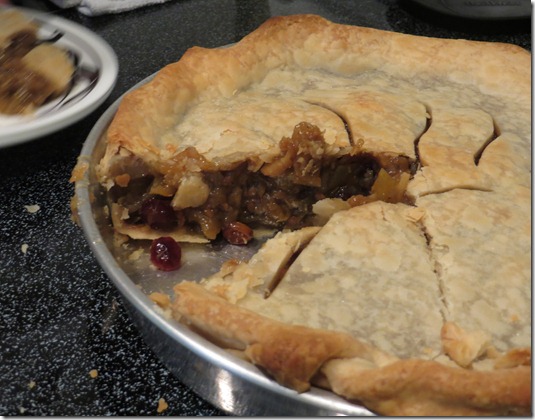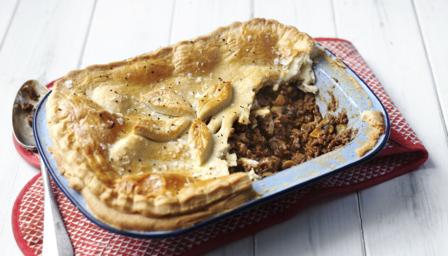The controversy over one traditional Thanksgiving side dish is probably as old as the observance itself. Is it stuffing, dressing or filling? Here is one take on the issue provided by History.com:
" When it comes to Thanksgiving, some dishes are required eating. Anything other than turkey is anathema, gravy is a must and cranberries get their one chance to shine. And don’t forget the stuffing! But that’s where things get interesting, because it seems no two families can agree on the proper way to prepare stuffing. Even the name differs from place to place: Northerners call it “stuffing,” Southerners eat “dressing” and a few Pennsylvanians enjoy “filling” on their Turkey Day tables. Let’s take a closer look at the regional differences between stuffings and find out how this dish represents the true melting pot of American cuisine.
"There’s no way of knowing whether the Pilgrims actually served stuffing at their original harvest feat. But given the abundance of both wild game and rice, it’s likely that the first Thanksgiving dinner featured some kind of bird with a wild rice dish alongside it. New Englanders continued to take cues from their environment when it came to stuffing, and chestnuts became a popular addition. Boston cookbooks gave recipes for oyster-based stuffings, with and without breadcrumbs. Thrifty Mennonite mothers, meanwhile, used up mountains of leftover mashed potatoes on Thanksgiving, creating filling. Perhaps the least known of all stuffing varieties, filling contains both mashed potatoes and stale bread, along with plenty of butter, to create a dish often served as a casserole alongside the bird.
"This talk of “stuffing” and “filling” would be sacrilegious to Southern cooks, who insist that “dressing” be served—and that this dressing be cornbread-based. The name of the dish first appeared when Victorian sensibilities took offense at the blunter term “stuffing” in the 1850s. (It was around the same time that “dark meat” became a synonym for indelicate chicken legs and thighs.) The moniker stuck in the South, where the dish made use of a staple of traditional tables: cornbread. Pork was often added, either in bacon form or, more commonly, as salt pork. Since many Southern cooks had plenty of stale biscuits to spare, a biscuit-based dressing became standard in parts of the Deep South.
"In the American West, cooks developed their own stuffing recipes, blending traditions from the South and North to create new delicious dishes. San Franciscans took advantage of all their leftover sourdough, creating a bread base that added a tang to the turkey. Cooks in the Pacific Northwest used seafood in stuffing, adding not just oysters but clams and mussels too. The recipe below is an updated look at a traditional San Franciscan one, complete with sourdough and a double apple punch in the form of chicken apple sausage and diced Granny Smiths."
SAN FRANCISCO STUFFING
Start to finish: 2 hours
Servings: 16
1 large loaf sourdough bread, cut into small cubes (about 13 cups cubes)
8 links chicken apple sausage
2 large white onions, chopped
5 stalks celery, chopped
4 tablespoons butter
6 cups peeled and diced Granny Smith apples
3 cups chicken broth, homemade or low-sodium
1 tablespoon dried sage
1 teaspoon dried savory
1 teaspoon dried thyme
1 teaspoon black pepper
1 tablespoon salt
Preheat oven to 350 degrees. Spread bread cubes on a baking sheet and toast until golden-brown, about 10 minutes. Transfer cooled cubes to a large bowl.
Cut open the sausage links, remove casings and finely chop meat. Add 1 tablespoon of butter to heavy skillet, heat over medium heat and add sausage. Sauté until browned, about 10 minutes. Remove sausage with slotted spoon and add to bread.
In the same pan, sauté onions and celery until translucent. Add to bread mixture.
Put remaining butter in the same skillet and sauté the apples until soft, about 10 minutes. Add apples to bread mixture, along with sage, savory, thyme, pepper and salt.
Gradually add liquid until the bread has absorbed it all and the bread cubes have no crunch. Butter a 15x10x2-inch baking dish, add stuffing, cover with foil and bake at 350 degrees until top is golden brown and crisp, 45 minutes to 1 hour.










































